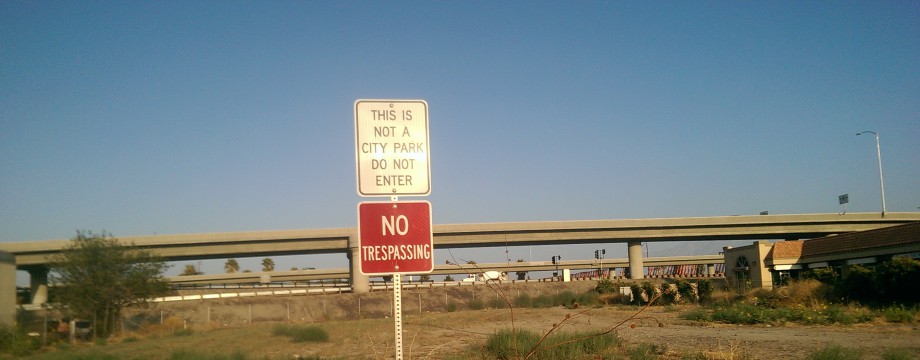Metro’s transit plan gives short shrift to L.A. County’s working-class cities. A state bill can fix that
Imagine there are several Los Angeles County cities that make up one of the densest urban areas in the country, where much of the young, transit-dependent, ethnically mixed population commutes daily to jobs in other parts of the county. This would be one of the first areas to get a new rail line to the regionwide transit hub at L.A. Union Station, right?
Not if it’s the board of the Los Angeles County Metropolitan Transportation Authoritycalling the shots.
This sums up the situation for residents of the Gateway Cities of southeast L.A. County, a collection of dense (my city, Huntington Park, has about 60,000 people packed into three square miles), mostly working-class communities conspicuously absent from Metro’s plans to build out its rail system over the coming decades. In fact, Metro’s board recently delayed its projected completion date of the long-sought Eco-Rapid light-rail line 20 years to 2047. This line would span from Artesia to Bob Hope Airport and connect the points in between to L.A. Union Station; by one estimate, Eco Rapid would be the second-most-traveled line in Metro’s network.
Meanwhile, Metro is spending billions of dollars chasing so-called choice riders in West L.A. and the San Gabriel Valley, opening the Expo Line to Santa Monica, the Gold Line to Azusa and slowly (and expensively) tunneling under Wilshire Boulevard to extend the Purple Line subway. Although it’s important to entice more drivers out their cars and into trains or buses, these areas can’t be described as economically transit dependent — and they’re getting rail decades before communities that are, including Huntington Park, Cudahy, Bell, Bell Gardens and other cities.
This is why those of us pushing to restructure Metro’s leadership believe that the agency’s governing board needs to be balanced with more voices.
In their June 1 op-ed article, Zev Yaroslavsky and Richard Katz accuse state Sen. Tony Mendoza (D-Artesia), who has written a bill to expand Metro’s board, as “meddling” in the agency, which they describe as “on a roll.” Those of us who live in the ill-served Gateway Cities don’t feel Metro is on much of a roll; Yaroslavsky’s and Katz’s insistence otherwise shows just how important it is for the agency’s board to gain new perspectives.
The Metro board currently has 13 voting members. Five are L.A. County supervisors and four are members of the Los Angeles City Council. The remaining four voting members directly represent the residents of the 87 cities in Los Angeles County that account for 51% of the population. This imbalance is reflected in Metro’s decision-making and priority-setting, such as its two-decade delay of the Eco-Rapid line. Mendoza’s bill (SB 1472) would, among other things, add five more members to the Metro board from those 87 cities. This is not a local issue, and it’s certainly not a power play, but rather an update to the original state legislation that created Metro in 1992 that will provide better representation for those who live in smaller, under-served cities.
For residents of the Gateway Cities, representation on Metro’s board and better transit service is about more than just fairness and social and environmental justice; it matters to our everyday lives. As a young woman growing up in Huntington Park, I thought of owning a vehicle as a luxury; this is still the case for many families in the Gateway Cities. I didn’t own my first car until I graduated from college in 2010, so bus and rail were the only transportation options available to me throughout my middle school, high school and college days. Yes, Los Angeles County has “progressed a long way toward developing a regional transit system,” as Yaroslavsky and Katz believe. However, that progress is still an elusive concept in my community.
The lack of progress isn’t for a lack of effort on the part of the communities in southeast L.A. County and elsewhere. These communities have worked tirelessly to make projects such as Eco-Rapid a reality, and yet they barely register on Metro’s radar. Sen. Mendoza’s bill to bring more voices onto Metro’s board will go a long way toward changing that and bringing rail transit to the residents of Los Angeles County who need it most.



